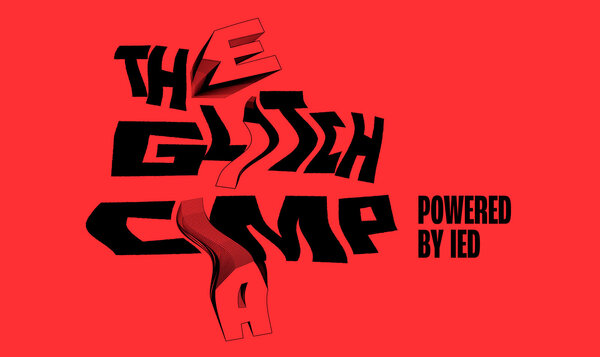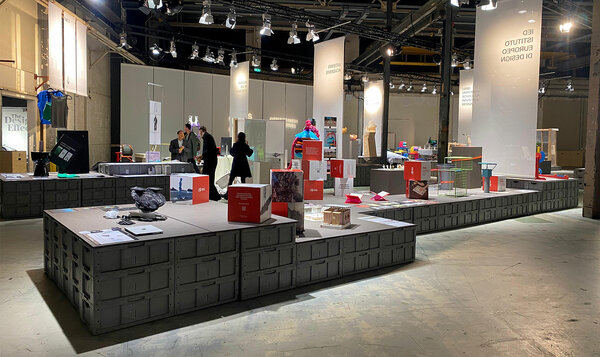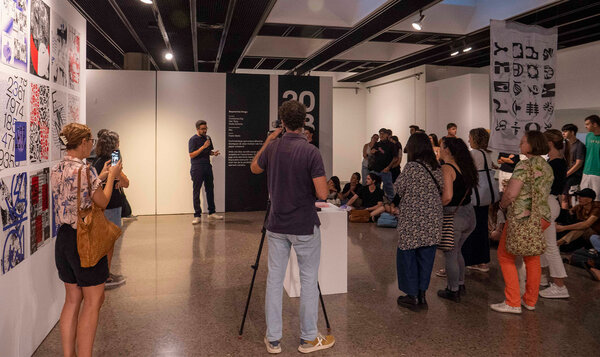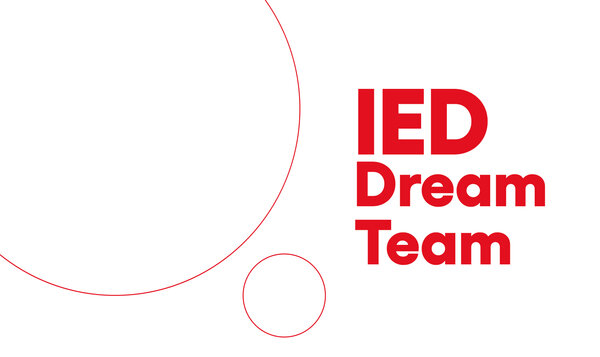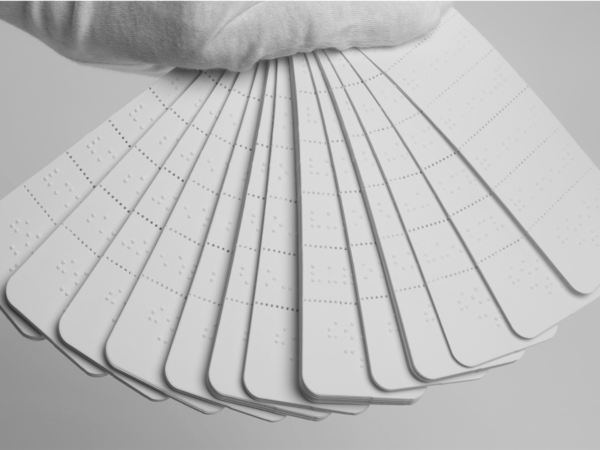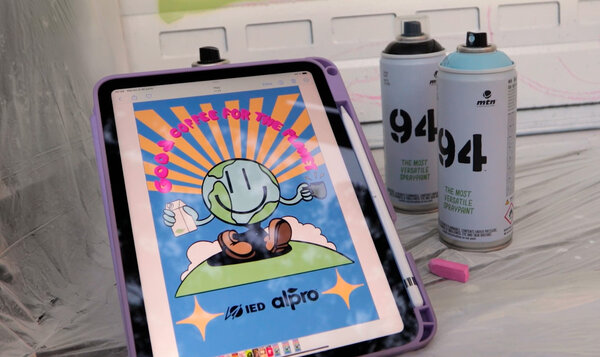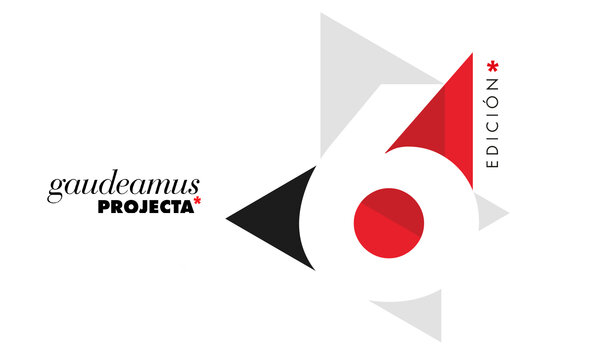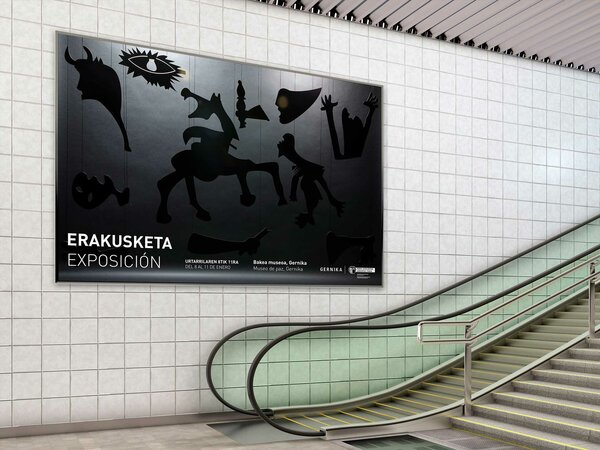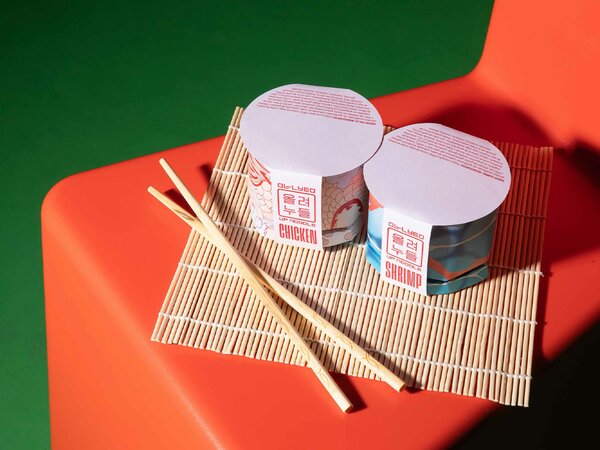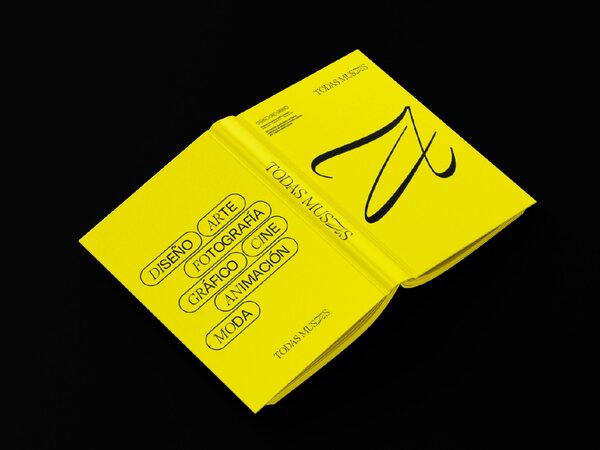Every year the ADG Laus Awards for Graphic Design and Visual Communication go to the best projects selected from over 50 entries in five categories: Graphic Design, Digital Design, Advertising, Audiovisual and Students.

IED Madrid Visual Arts students win gold, a silver and three bronze medals
Date
20 June 2022
The Laus Awards promote design, acknowledging the cultural and economic importance of design for society, and supporting the professional design community.
IED Madrid students won five LAUS awards at the 2022 edition but what we didn’t mention was the colour of the awards: gold, silver and bronze.
IED Madrid students won the gold, silver and three bronze medals:IED Visual Arts’ graduates once again on the road to success.
The medals went to the following projects:
Gold was won by David Cabezuelo for the “Post- vision” graphic design project.
Post-vision is the first colour chart for the blind. It transcribes the world of colours into Braille. Sighted and blind people can use Post-vision to communicate autonomously with each other when choosing clothing, or performing other activities involving a choice of colours.
Post-vision is a transformative tool with an integrative and social approach that improves the quality of life for blind people by giving them a way to express their colour preference.
Silver was won by Aitor Penedo Antón, Gabriel Egaña Arnaldo, Víctor Molina Albizu, Jacobo Cobián Sánchez and Mario Martínez Gómez for their Black Bureau audiovisual project.
In this project, the team of students created a clothing capsule based on graphic design and its ramifications in other audiovisual techniques.
Black Bureau is inspired by the dialogue between the visible and invisible. Pieces transform, acquiring an identity influenced by the observer's point of view, encouraging us to take a retrospective look at clothing traditions. The intention is to encourage social criticism on formality, informality and the stigmas associated with clothing and first impressions.
Bronze was won by Candela de la Cruz Pérez for the digital Kayrós project.
Considering the difficulties involved in decision-making for people in the advanced stages of diseases, the aim of this project is to help patients reflect, record and integrate their preferences, beliefs and values on the basis of their wishes.
The proposal of the project is to provide patients with a tool that helps them and their families reflect on and participate in making decisions around treatment and care.
It gives patients tools they can use to make plans to help them make decisions in the future at key stages of the disease.
Bronze was won by Aitor Gabirondo Manchado, Jacobo Cobián Sánchez, Diego Coleto Muñoz and Sergio Polvorinos Corchero with the Art Direction of Lucas Criado, Andrea López and Aitor Baigorri for the 'Revista ABONO' project.
The aim of the project is to edit and develop a magazine made by and created for students, to have fun and experiment with design in a creative, no-compromise context. It’s a place to publish the works of others and learn from them.
Revista ABONO combines the world of graphic design with the world of plants. Studying the graphic resources that interested us in both, we discovered new forms of design and developed a language of our own that makes this form of expression unique. The Revista ABONO magazine fills a gap in students' careers, giving them an outlet to develop a project from start to finish.
Bronze was won by Daniel Santiago Manchado for the Páramos project.
The aim of this project is to create a digital experience through processing, exploring the possibilities of computer art and design codification.
Páramos is a unique and personal experience. The user can create their own soundscape from seven different types of sedimentary rocks in which fossils are found. In just a few steps, the user is presented with a world of possibilities.
Páramos is a tool that can be used to create worlds based on the user’s intuition and personal experience combining the idea of nature and software.
Once again, great news for IED Madrid Visual Arts’ graduates.
